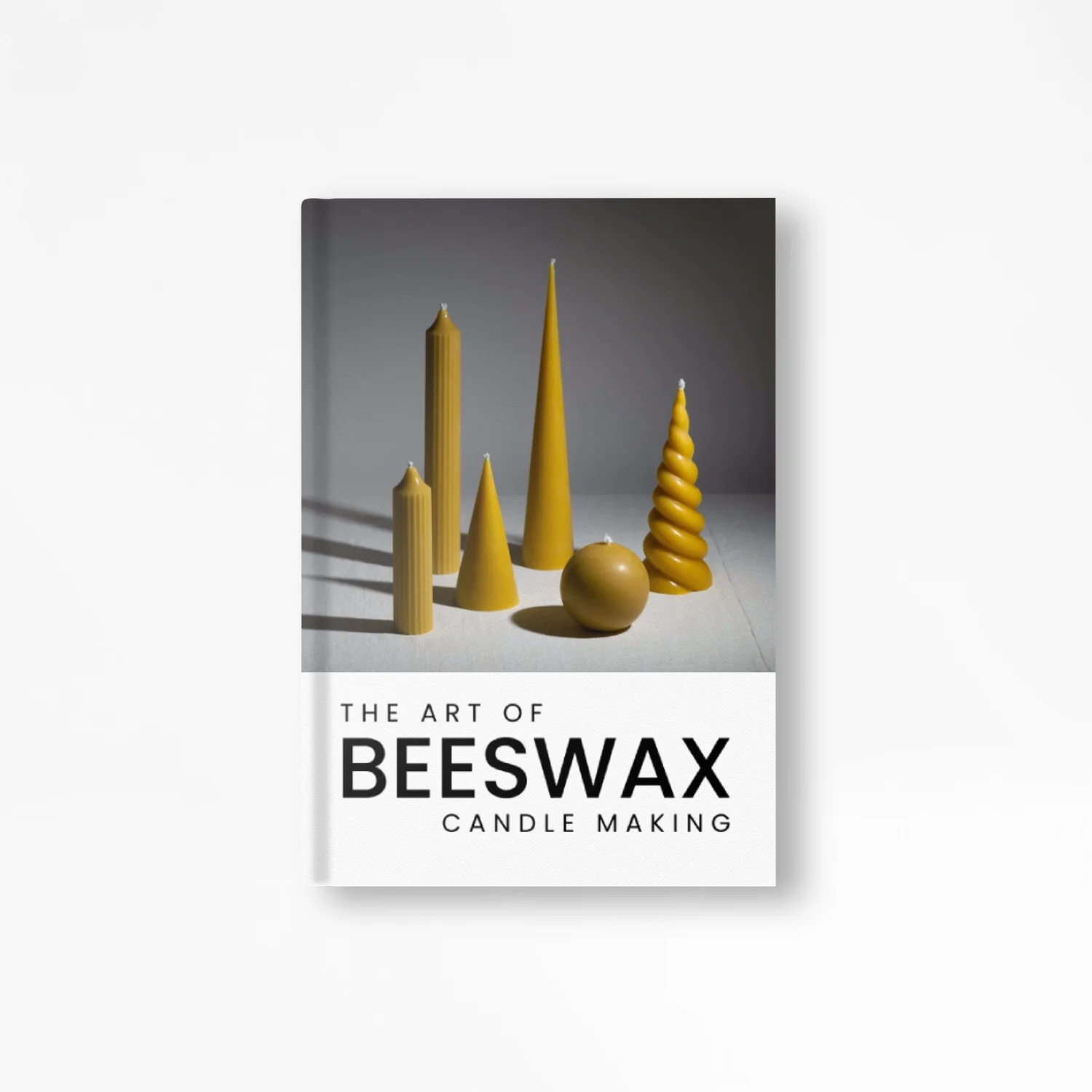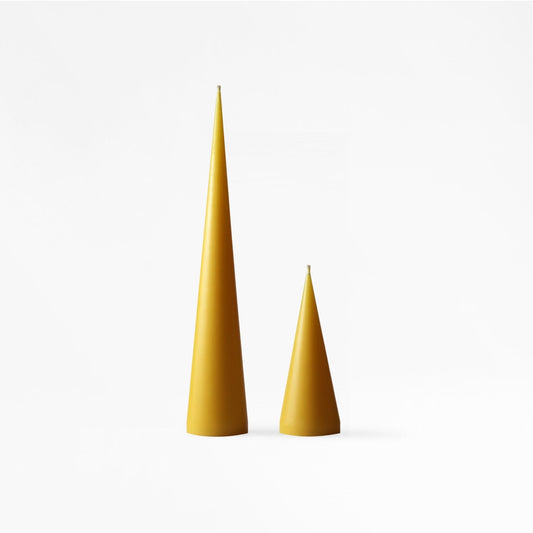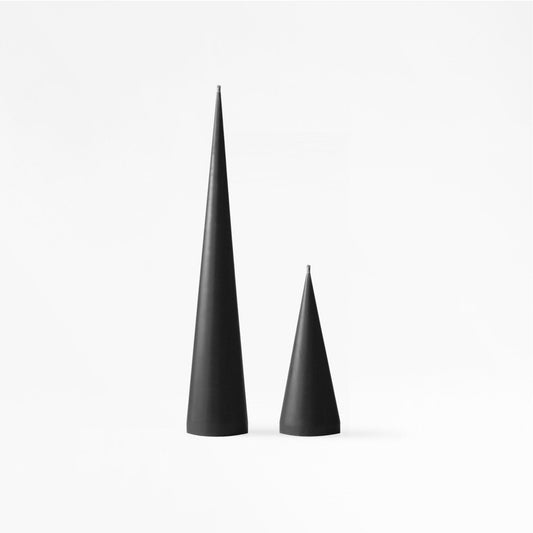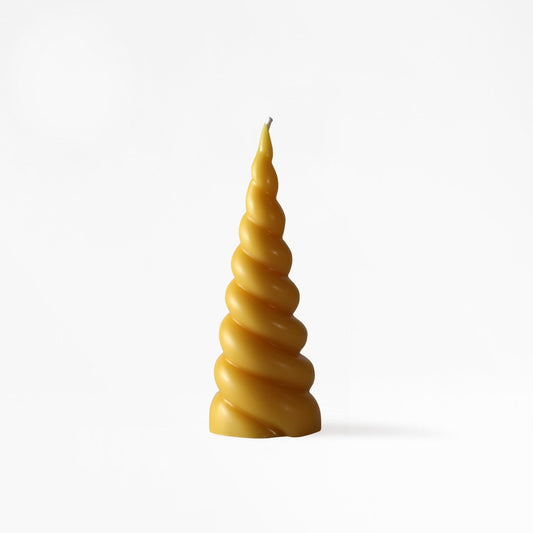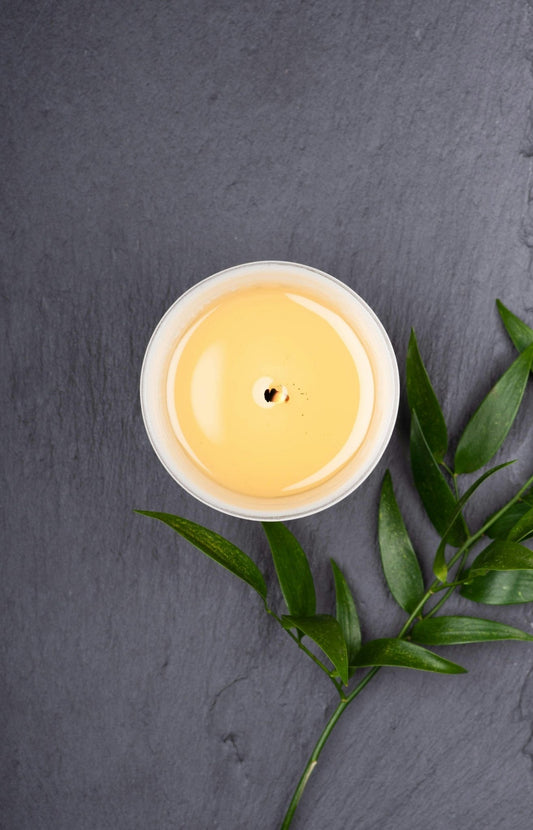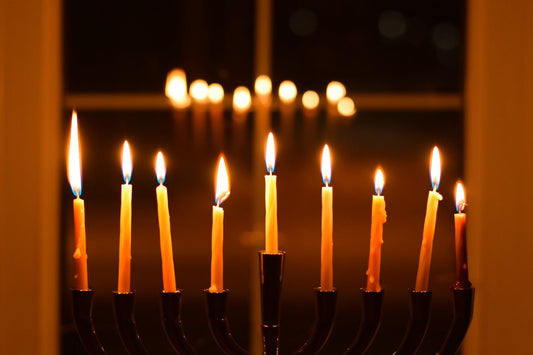Pollinators play a crucial role in the reproduction and survival of many plant species. While honeybees often come to mind when thinking about pollinators, numerous wild pollinators also contribute significantly to ecosystem health and biodiversity. In this article, we will explore some of the most important wild pollinators, discover their favourite flowers, and learn how we can support their natural habitats.
The Importance of Wild Pollinators
Wild pollinators, including bees, butterflies, moths, beetles, flies, and even birds and bats, play a vital role in the pollination of plants. They facilitate the transfer of pollen from the male parts of flowers to the female parts, enabling fertilisation and the production of seeds and fruits. This process is essential for plant reproduction, the production of food crops, and the maintenance of diverse ecosystems.
Wild Pollinators and Their Favourite Flowers
Various wild pollinators have their preferences when it comes to flowers. Understanding their preferences can help us create pollinator-friendly environments. Here are some examples:
1. Bees:
Bees are among the most important pollinators. They are attracted to brightly coloured flowers with sweet fragrances. Bees particularly love flowers such as lavender, sunflowers, borage, coneflowers, and wild roses.
2. Butterflies:
Butterflies are attracted to vibrant, nectar-rich flowers. They are especially fond of flowers like milkweed, buddleia (butterfly bush), zinnias, marigolds, and asters.
3. Moths:
Moths are primarily nocturnal pollinators and are attracted to flowers that bloom at night. They are often drawn to white or pale-coloured flowers with a strong, sweet scent, such as evening primrose, moonflower, and nicotiana.
4. Beetles:
Beetles are attracted to large, bowl-shaped flowers with a strong odour. They are known to pollinate flowers like magnolias, lilies, and daisies.
5. Flies:
Flies are attracted to flowers that resemble decaying matter or have a foul odour. They play a crucial role in pollinating flowers such as carrion flowers, skunk cabbage, and stinking hellebore.
Supporting Wild Pollinator Habitats
Creating and preserving natural habitats is essential for supporting wild pollinators. Here are some ways to make a positive impact:
1. Plant Native Flowering Plants:
Choose native plants that provide food and shelter for wild pollinators. Native plants are well-adapted to the local ecosystem and attract a diverse range of pollinators.
2. Provide Water Sources:
Wild pollinators need access to clean water for drinking and cooling. Set up shallow dishes with fresh water and provide small rocks or twigs for them to perch on.
3. Avoid Pesticides:
Reduce or eliminate the use of pesticides in your garden or surrounding areas. Pesticides can be harmful to pollinators and disrupt their natural behaviour. Explore organic and alternative pest control methods that are safer for pollinators.
4. Create Nesting Sites:
Provide nesting sites for wild pollinators by leaving patches of bare soil, dead wood, or installing bee hotels. Different pollinators have unique nesting requirements, so consider their specific needs when creating nesting opportunities.
5. Preserve Natural Habitats:
Support efforts to conserve and protect natural habitats such as meadows, woodlands, and wetlands. These areas provide essential resources and shelter for wild pollinators.
6. Educate and Spread Awareness:
Share information about the importance of wild pollinators and their habitats with others. Encourage others to take action in supporting pollinators by providing resources and promoting pollinator-friendly practices.
Conclusion
Wild pollinators are invaluable contributors to our ecosystems and food production. By understanding their preferences, planting native flowers, avoiding pesticides, and creating suitable habitats, we can make a significant difference in supporting these essential creatures. Together, let's protect and nurture wild pollinators, ensuring a vibrant and sustainable environment for generations to come.
Photo by Vladimir Vinogradov on Unsplash


